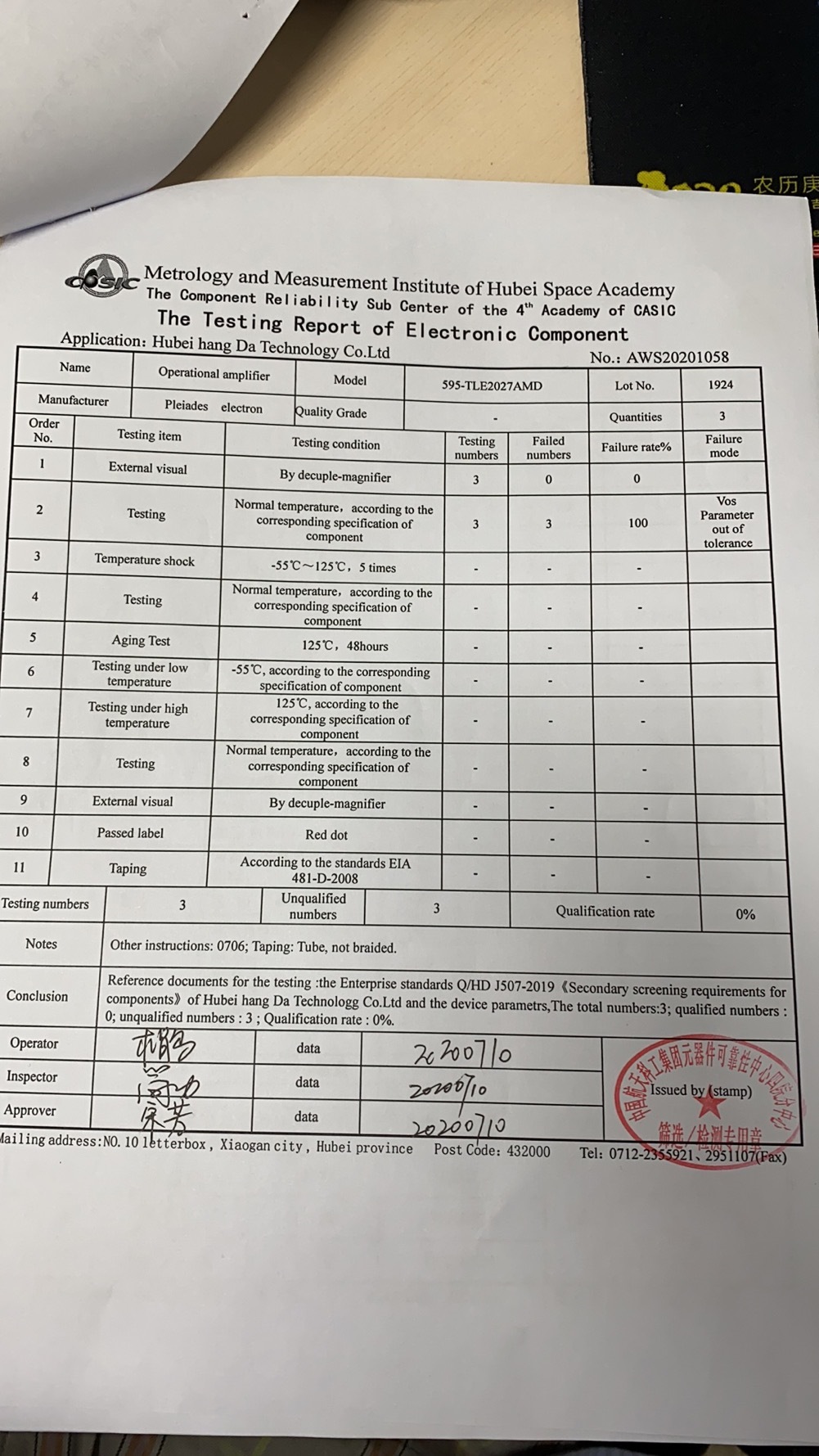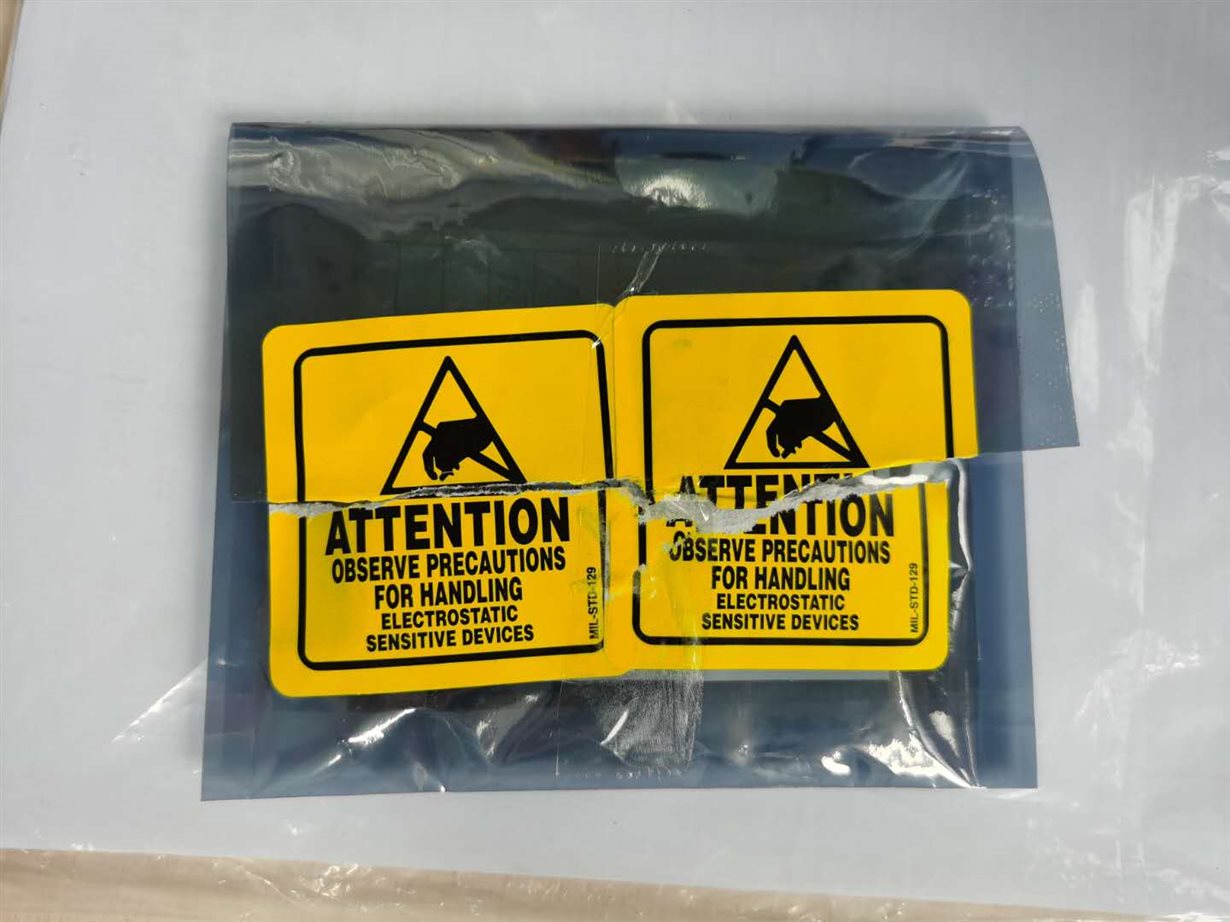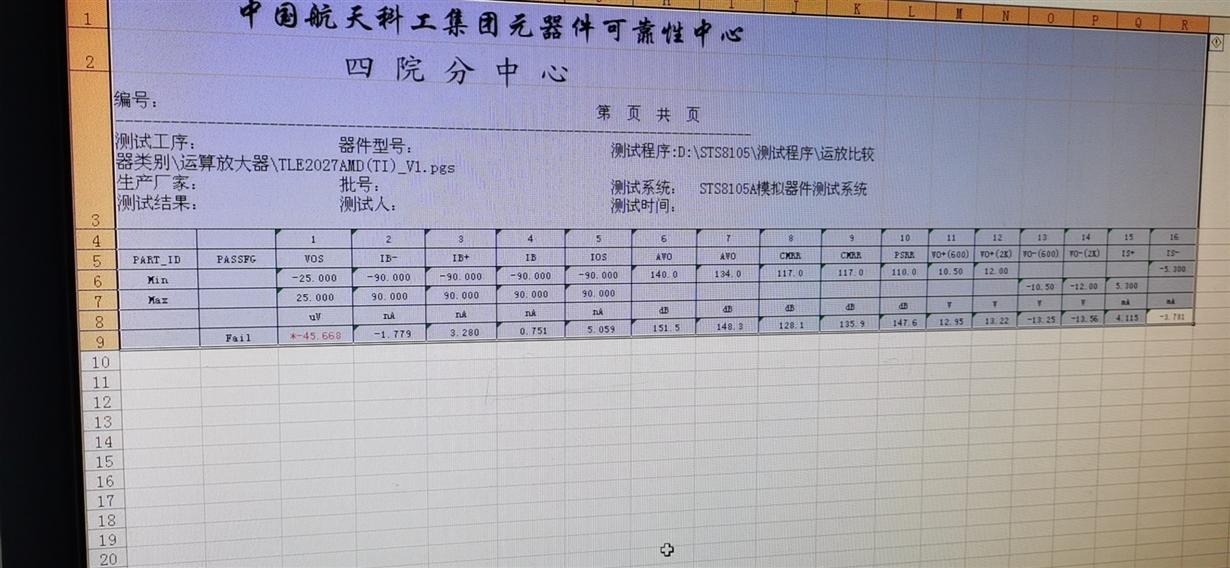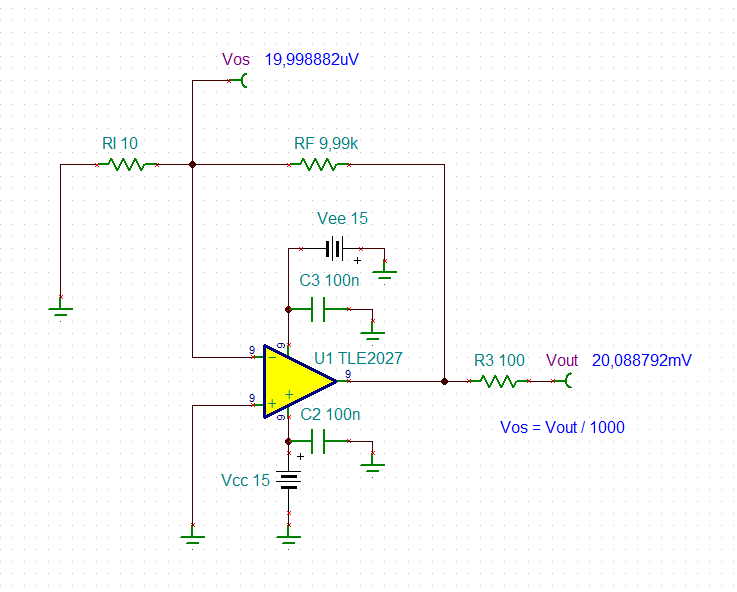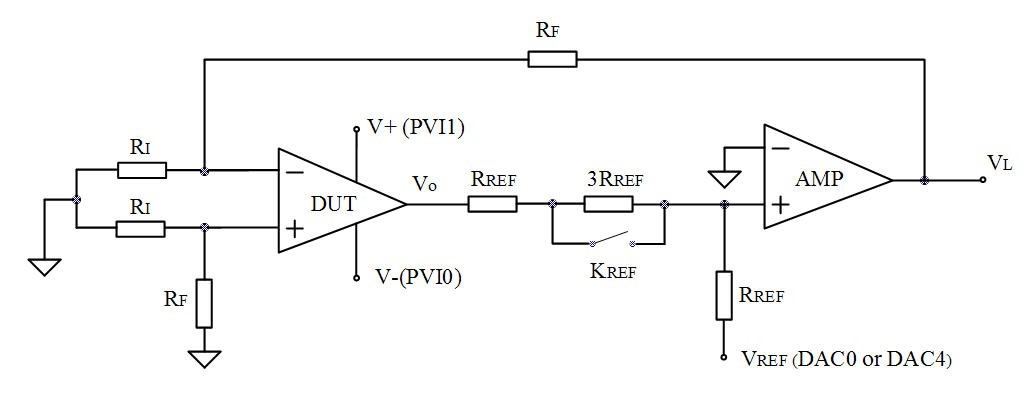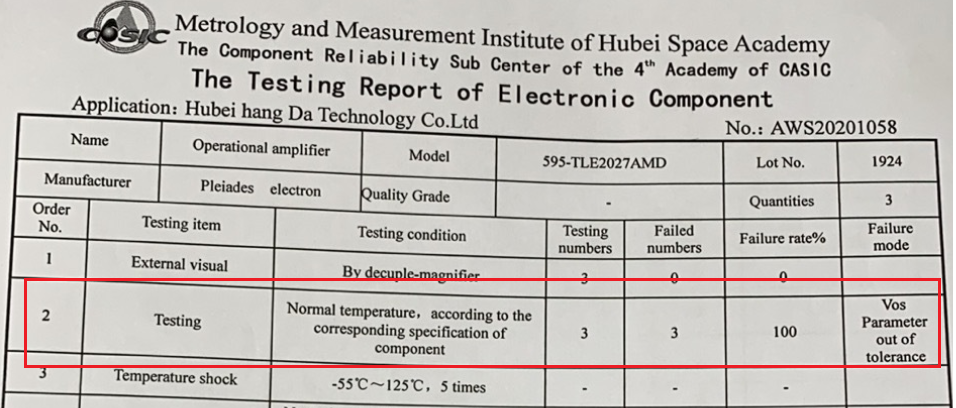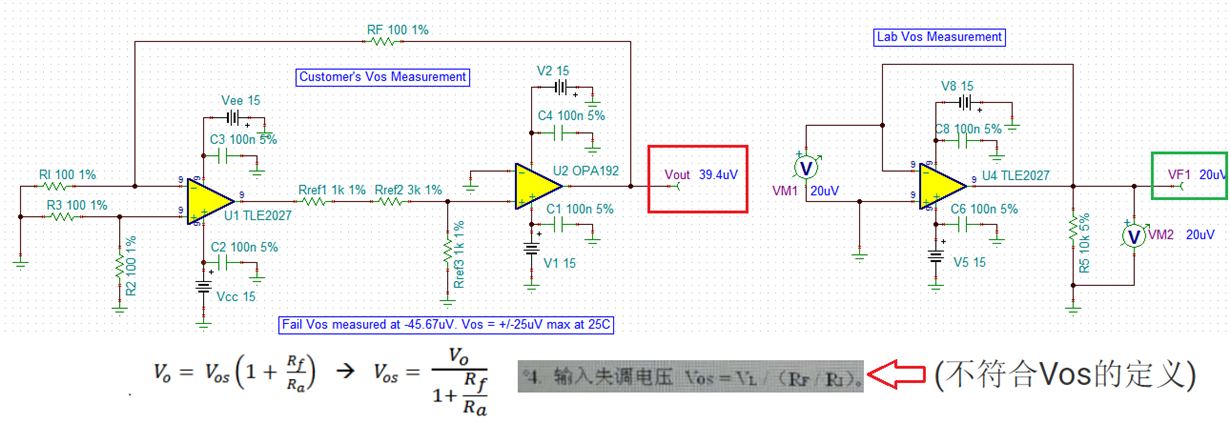Hello, the amplifier tle2027amd purchased on mouser is out of Vos during the initial test at room temperature. Is this a product quality problem?And it was detected according to the principle in the picture.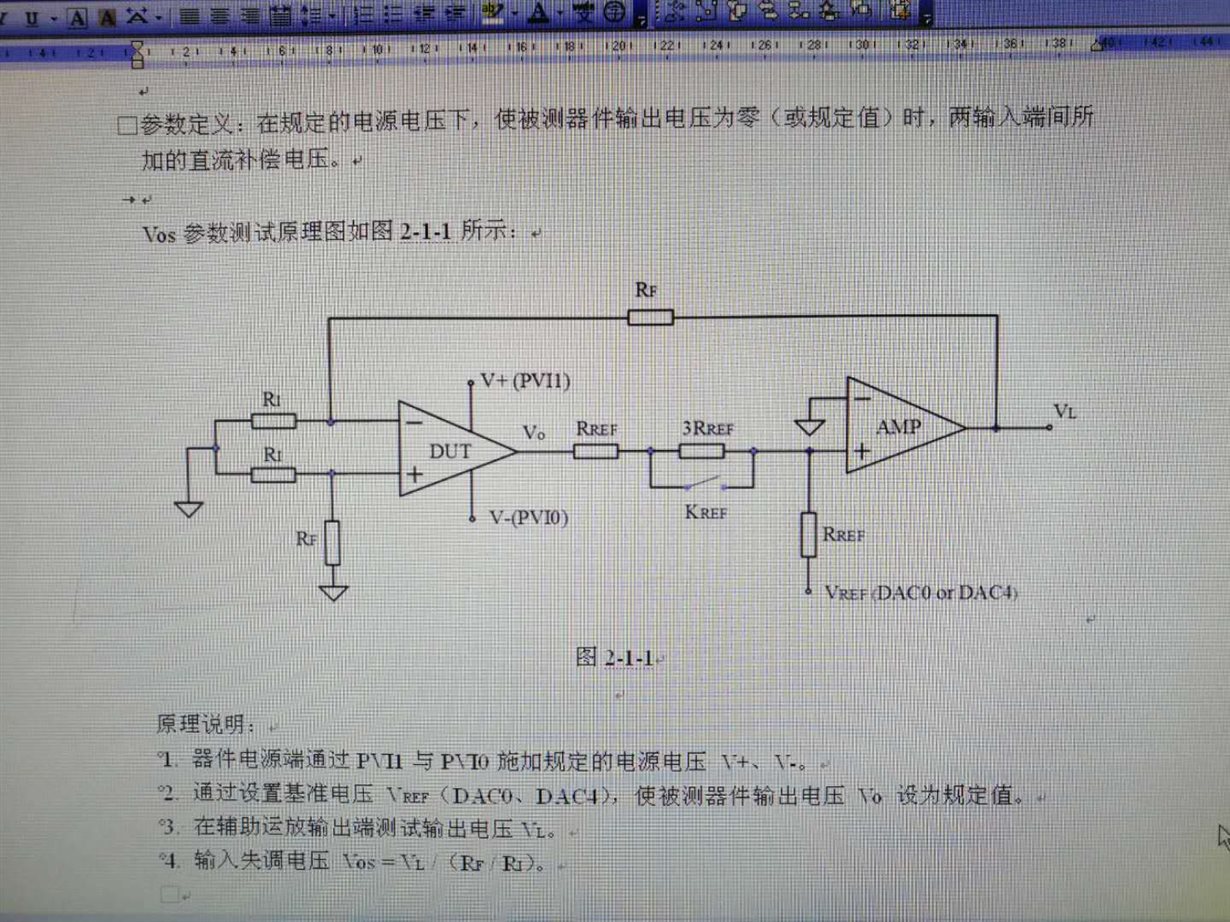
-
Ask a related question
What is a related question?A related question is a question created from another question. When the related question is created, it will be automatically linked to the original question.


